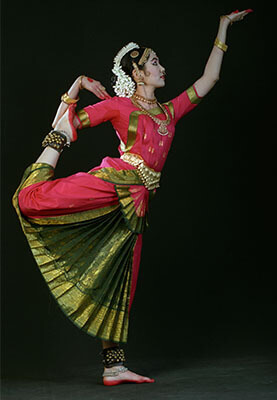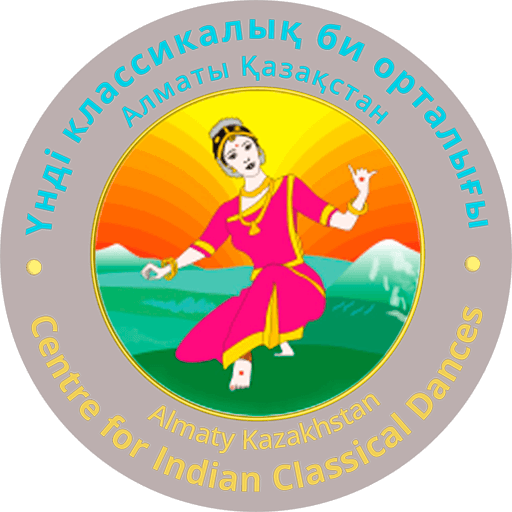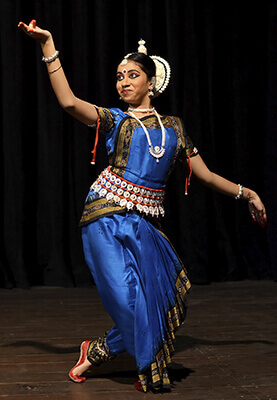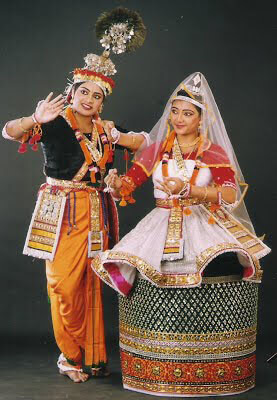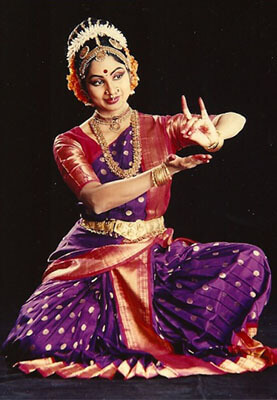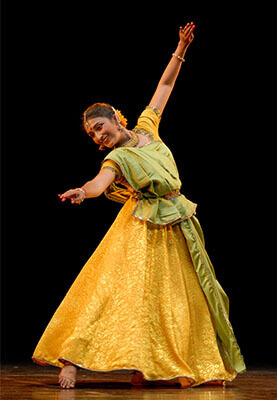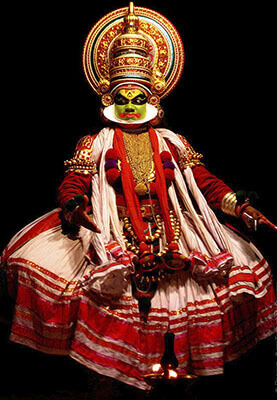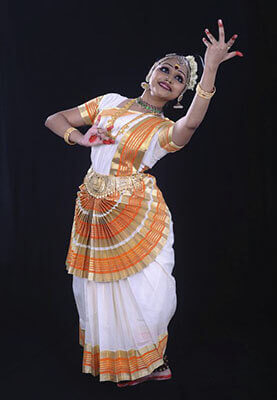Bharatanatyam
This is sophisticated and dynamic classical dance form of Tamilnadu. It is widely believed that the name “Bharata Natyam” means “Dance of India”. More realistic version that Bharata is the first syllables of the following words: bhava (feeling), raga (melody) and tala (rhythm). Bharatanatyam is rooted in Hindu myths and rituals. This is particularly evident in the texts selected for execution, in sculptured images of dancers in the ancient temples and in the philosophy of the dance style. Sculptures in the South Indian temples describes about how music and dance were given to people by the Gods.
Bharatanatyam – a multifaceted art form. It includes music, poetry, drama and pantomime. Nritta – the heart of the dance style, beautiful technique, and Nritya – his soul. Natya is the drama aspect of Bharatanatyam. Melody, rhythm and poetry together are essential sources of inspiration for a dancer.
